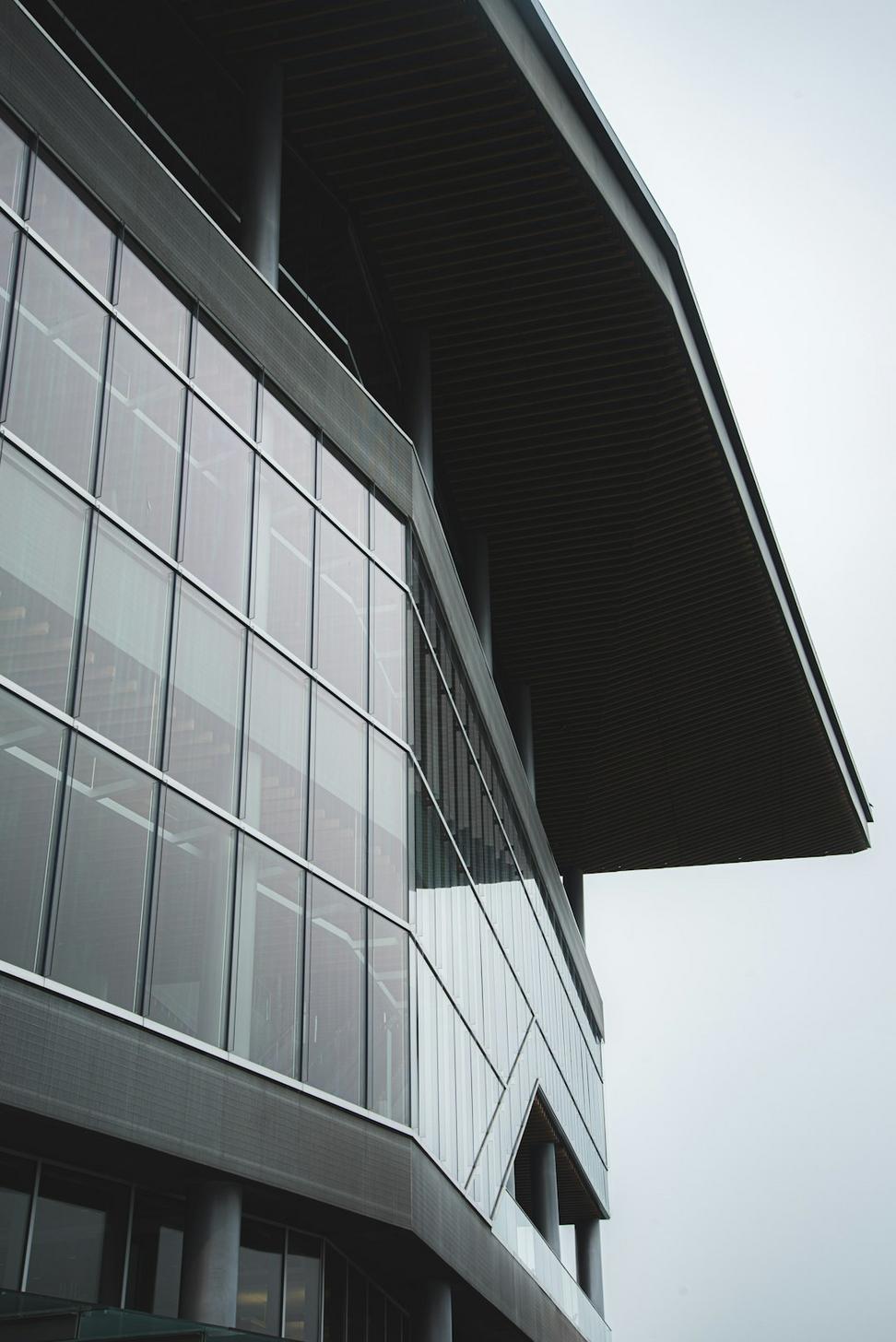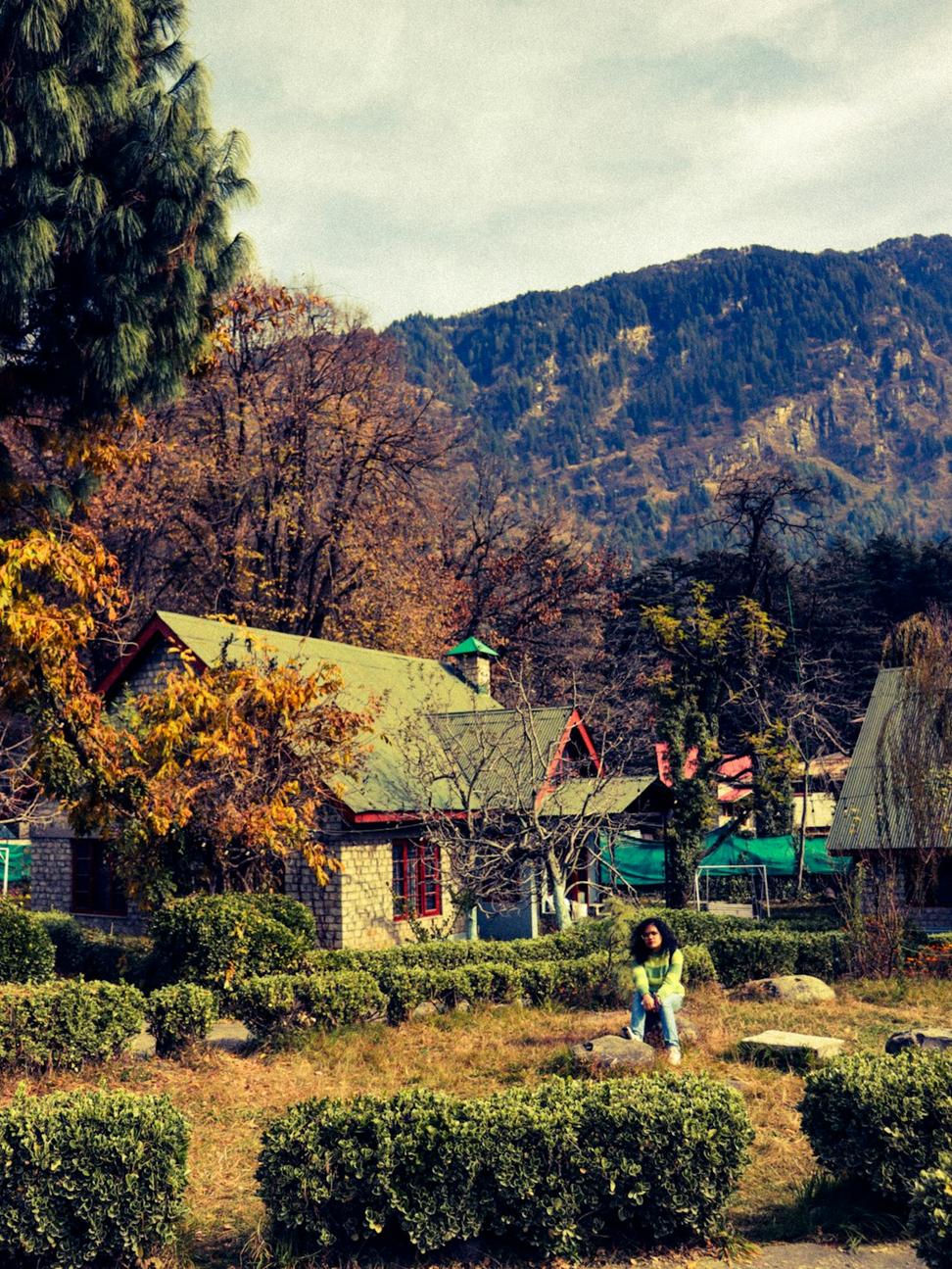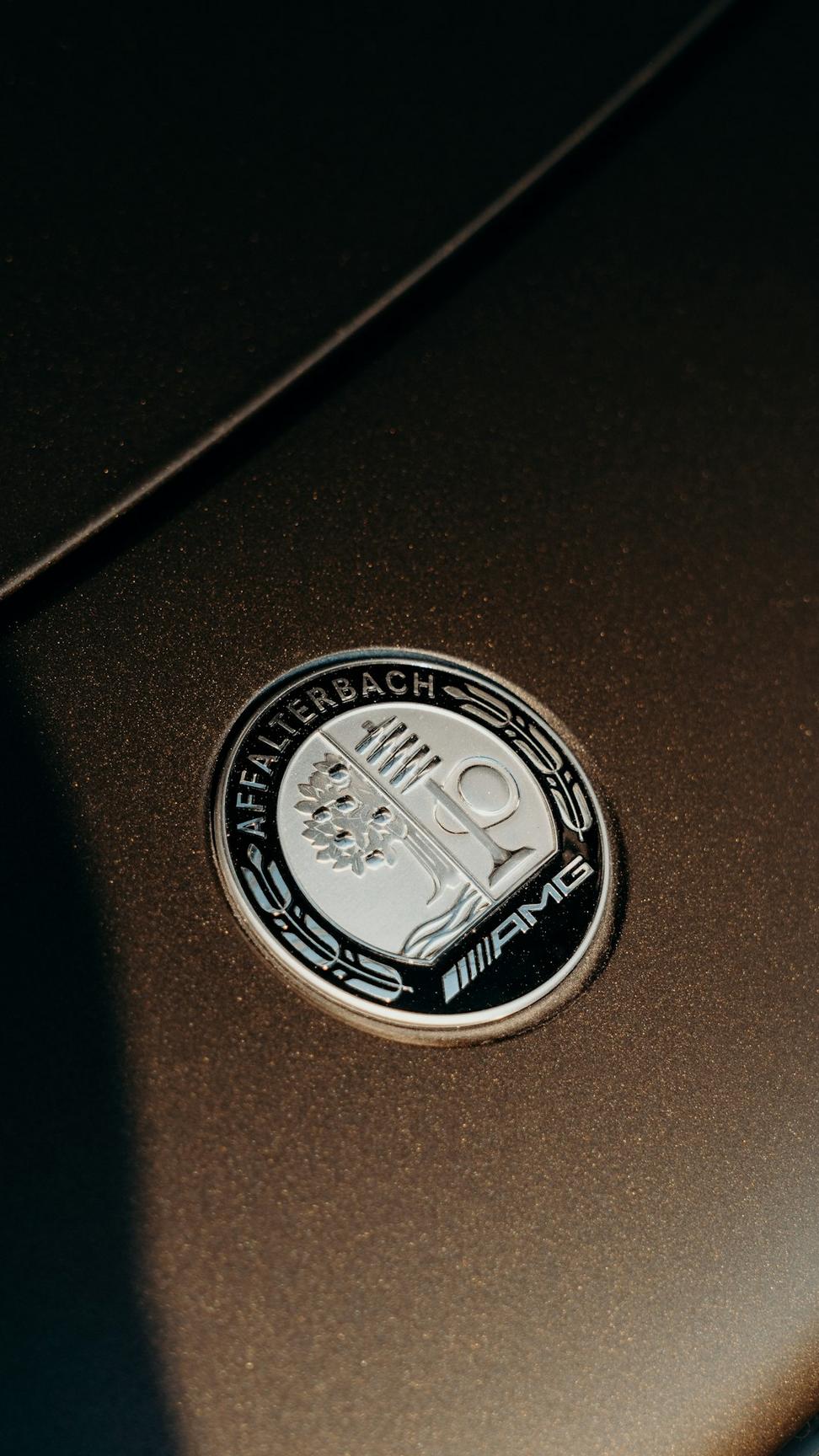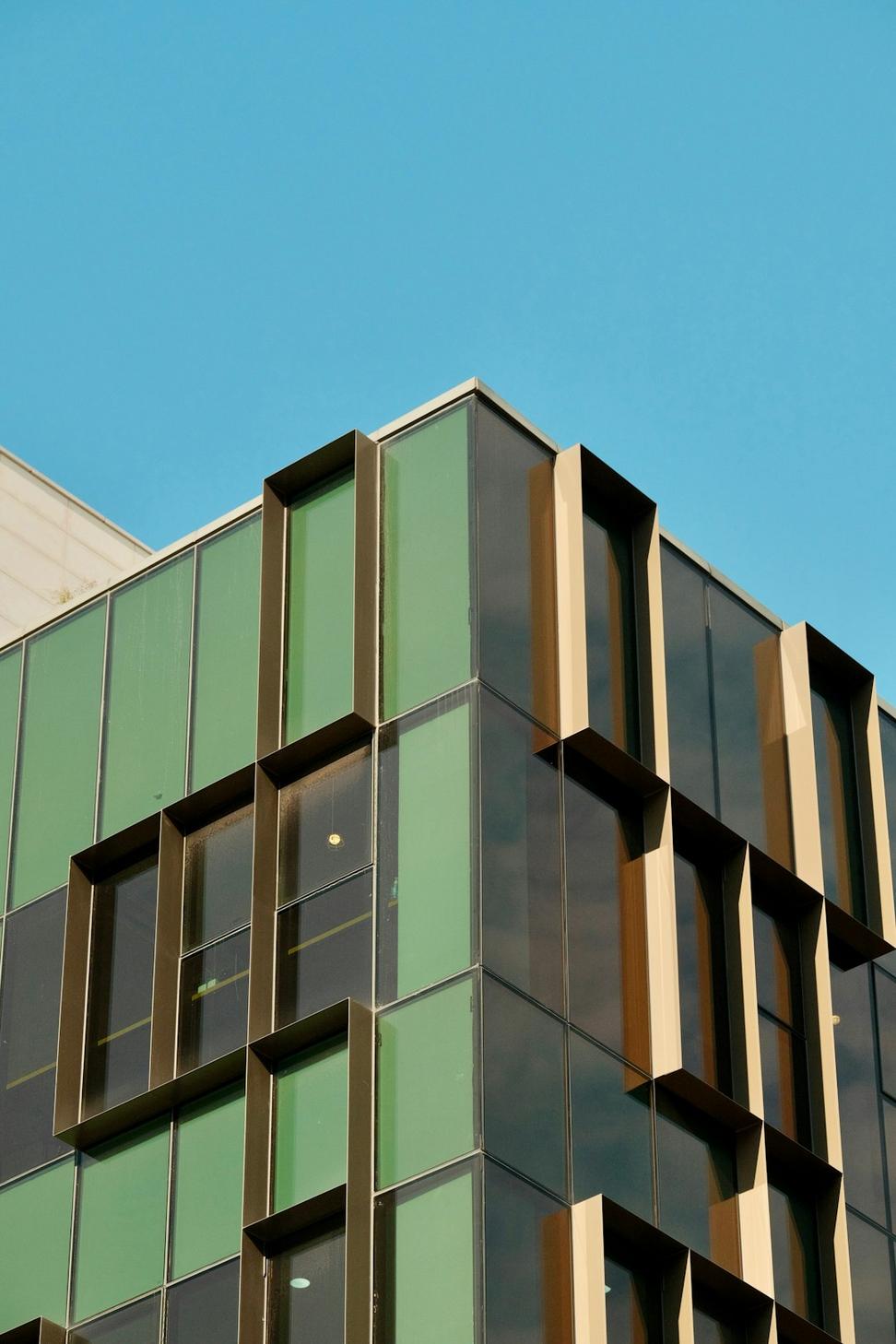
Building with the Planet in Mind
We're not just designing buildings—we're creating ecosystems that give back more than they take.

Sustainability isn't some checkbox exercise for us. It's baked into everything we do, from the first sketch to the last nail hammered. Yeah, we've made mistakes along the way—who hasn't?—but that's how you learn what actually works versus what sounds good in a brochure.
Every project's different. Some clients want to go full zero-energy, others are working with tighter budgets or tough site constraints. Our job isn't to preach from some ivory tower—it's to find the greenest solution that actually makes sense for your specific situation. Sometimes that's passive solar design, sometimes it's salvaging materials from old buildings, sometimes it's just orienting windows the right way.
Average energy reduction in our completed projects
LEED certified buildings delivered
Here's the stuff we focus on when we're designing. Not everything fits every project, but these are the tools in our kit.
Before we start throwing tech at a problem, let's work with what nature's already giving us. Strategic window placement, thermal mass, natural ventilation—this stuff's been around forever because it works. We've cut cooling loads by 60% just by thinking hard about sun angles and prevailing winds.
Water's gonna get scarce—it already is in some places. We're designing systems that capture, reuse, and treat water on-site. Rainwater harvesting, greywater recycling, green roofs that slow runoff... it's not rocket science, just good planning.
The embodied energy in materials is huge—sometimes bigger than the operational energy over a building's life. We dig into where stuff comes from, how it's made, and whether it can be recycled later. Local materials when possible, reclaimed when it makes sense, and always thinking about the full lifecycle.
Once we've minimized demand through smart design, then we talk about high-efficiency systems and renewables. Solar panels, geothermal heat pumps, smart building controls—yeah, we use all that stuff. But only after we've done the basics right. Tech can't save a badly designed building.
Yeah, we've got the credentials. These aren't just plaques on the wall—they're frameworks that push us to do better and give clients confidence that we're not just making stuff up. That said, sometimes the best solution doesn't fit neatly into a rating system, and we're honest about that.
We've got multiple LEED APs on staff who've guided projects through Silver, Gold, and Platinum certifications. Know the system inside and out.
When clients want the ultimate in energy efficiency, this is the gold standard. We've completed 5 Passive House projects in the GTA.
Sustainability isn't just environmental—it's about human health too. We design spaces where people actually feel good.
Active members of Canada Green Building Council, staying current with the latest in sustainable building practices.

We track performance on everything we build. Here's what we're actually achieving out there.
Tons CO2 Avoided
Across all completed projects compared to conventional construction
Avg Energy Savings
Compared to baseline building code requirements
Gallons Water Saved
Annually through conservation systems and fixtures
Construction Waste Diverted
From landfills through recycling and reuse programs

We're data nerds when it comes to performance. Every project gets energy modeling during design, and we push for post-occupancy monitoring whenever budgets allow. It's the only way to know if what we designed actually works the way we thought it would.
And yeah, sometimes we're surprised. Had a building last year that performed 15% better than our models predicted because the occupants really embraced the natural ventilation system. Other times, we've found issues we needed to fix. That's why measurement matters—you can't improve what you don't track.
Let's Talk About Your ProjectIt usually costs more upfront. Anyone who tells you different is selling something. But here's the thing—when you look at lifecycle costs, most green features pay for themselves. Solar panels? 7-10 years typically. High-performance windows? 12-15 years. Better insulation? That's basically immediate returns through lower utility bills.
We're also not gonna pretend every sustainable feature makes financial sense for every project. Sometimes you do things because they're the right thing to do, even if the payback period's longer. We lay out all the options—costs, savings, environmental benefits—and let you make informed decisions.
What drives us crazy is when people skip simple, cheap stuff that makes a huge difference—like proper air sealing or good window overhangs—then blow the budget on fancy systems to compensate for bad fundamentals. We start with the basics and build from there.
Our job isn't to make you feel guilty or impress other architects. It's to create buildings that perform better, cost less to operate, and don't trash the planet in the process. Everything else is just noise.
— Marcus Chen, Principal & Sustainable Design Lead
Whether you're planning a net-zero home or just want to make smarter choices on your next project, let's figure out what sustainability looks like for you.